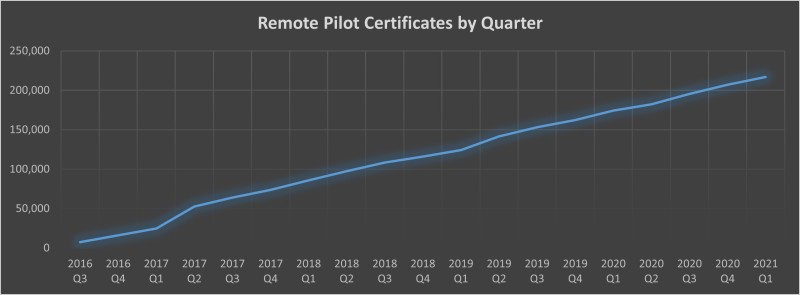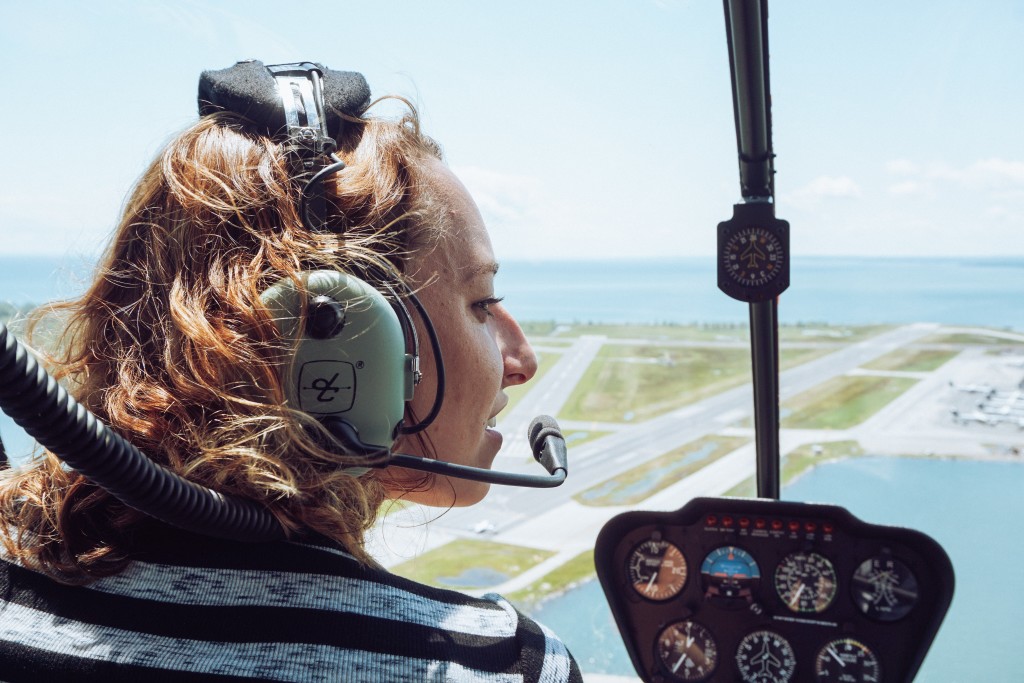As we approach the fifth anniversary of Part 107, it is important to reflect on this half decade in terms of advancements in our industry, but also on the issues that have remained the same.
During the last five years, technology has jumped tremendously, and every day unmanned aerial vehicles (UAVs) and urban air mobility (UAMs) platforms are closer and closer to becoming a realistic mainstream alternative to current aircraft. Specifically, unmanned traffic management (UTM) and detect and avoid (DAA) technologies today offer a great deal of security and reliability to non-traditional aircraft. But this hasn’t been enough to allow regulators to openly welcome them into the national airspace (NAS)—yet.
It's only a matter of time until all these advances in safety and new communication protocols will give the federal aviation administration (FAA) the assurances it needs to open the floodgates of unmanned transportation. In the meantime, we need to continue complying with Part 107 as it is and hoping that soon we will be able to receive packages by drone in a matter of minutes and reach the airport via an air taxi.
So, the question is what has remained the same? In my opinion, the responsibility of the pilot in command (PIC) has not changed and will not change until all these non-traditional platforms are completely autonomous, which is realistically a couple of decades away.
Since the inception of Part 107 in the summer of 2016, the FAA has issued over 217,000 remote pilot certificates at an average of 11,500 every three months.

On the manned aviation side, the total number of certificates of both private and commercial pilots was 460,000 in 2019, the last year the FAA published statistics. The surprising fact is that these traditional manned aviation certificates have been in decline for the last few years, from a total of 508,000 in 2010—a loss of almost 50,000 pilots. If the current trend holds, there will be more remote pilots than manned aviation pilots in a matter of years.
With the increasing number of remote pilots joining the ranks at this accelerated pace, it is important to periodically talk about the responsibility of the pilot in command (PIC). In both manned and unmanned aviation, the PIC has absolute control over and is accountable for the success of the flight. In the case of manned aviation, the PIC is also responsible for the safety of the people onboard, which for unmanned aircraft does not exist, but there are people on the ground who trust that everyone managing a vehicle over their heads is doing it in a professional and safe manner. In other words, Part 107 pilots are responsible for the safety of people and property on the ground and that is no small thing.
Let’s take the fifth anniversary of Part 107 as a reminder of this responsibility and the awesome privilege that is flying any type of aircraft in the safest airspace in the world.















Comments